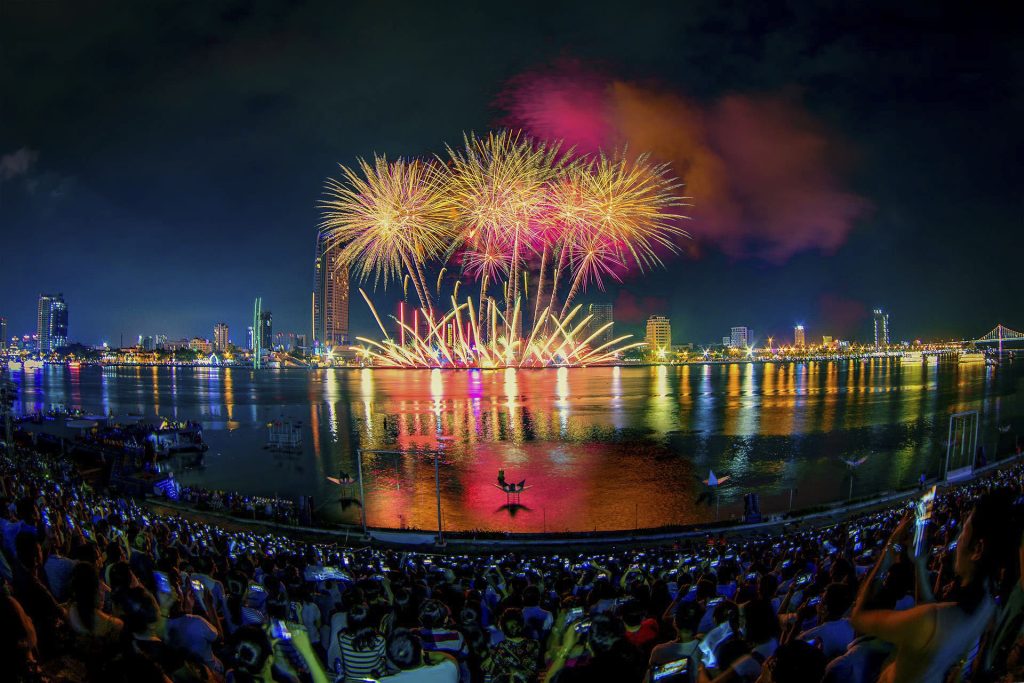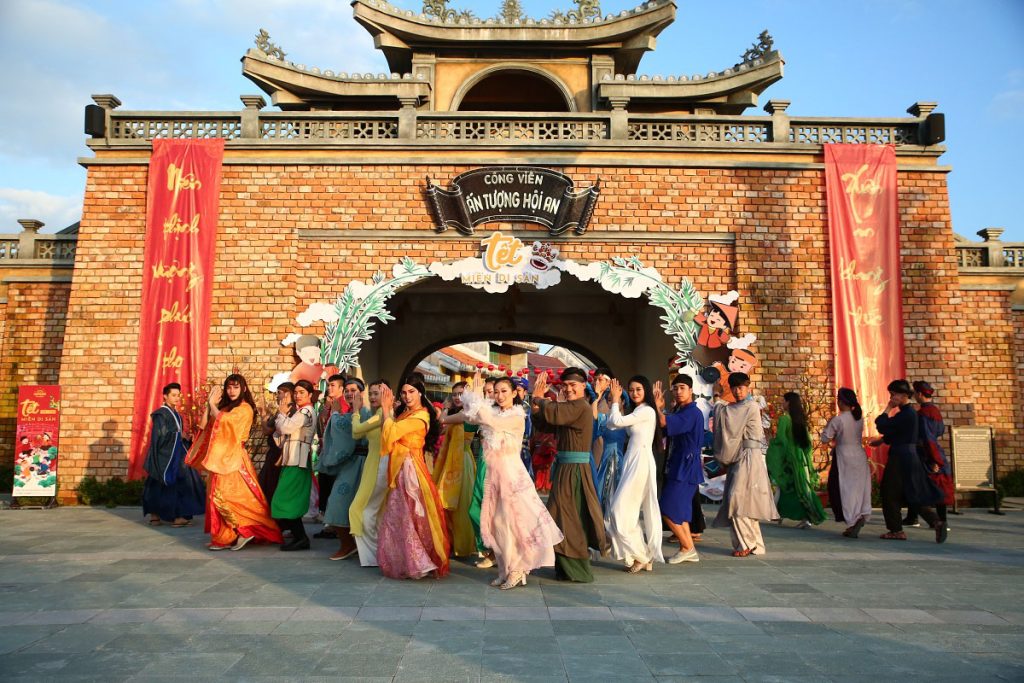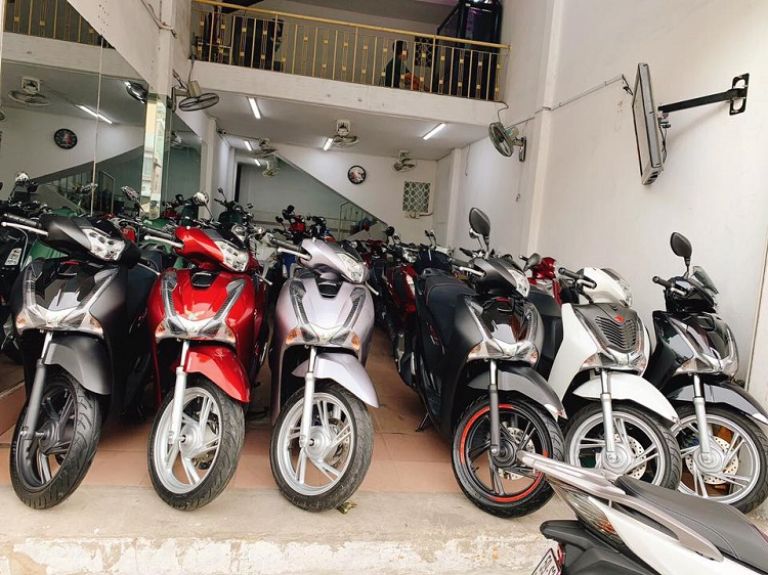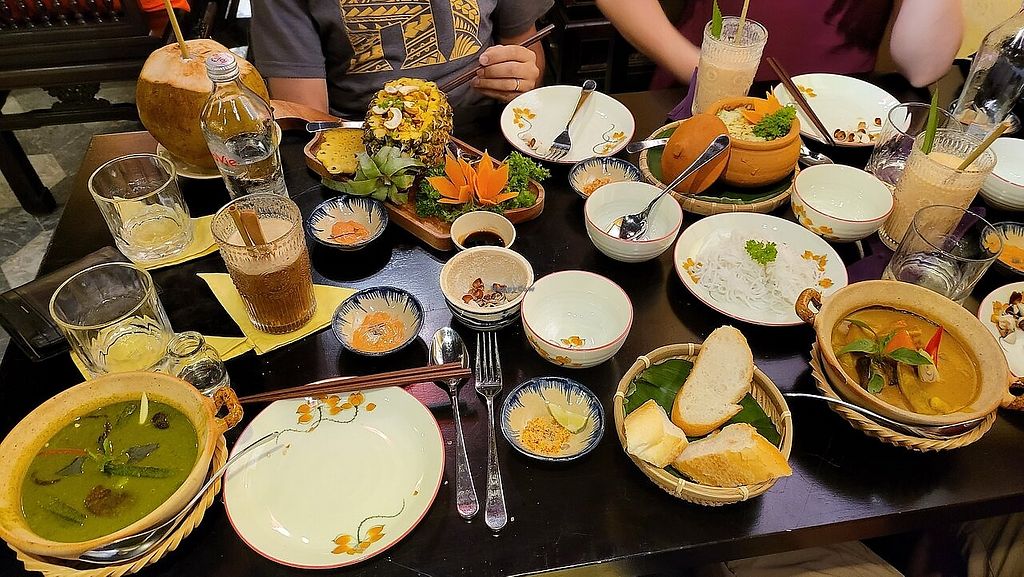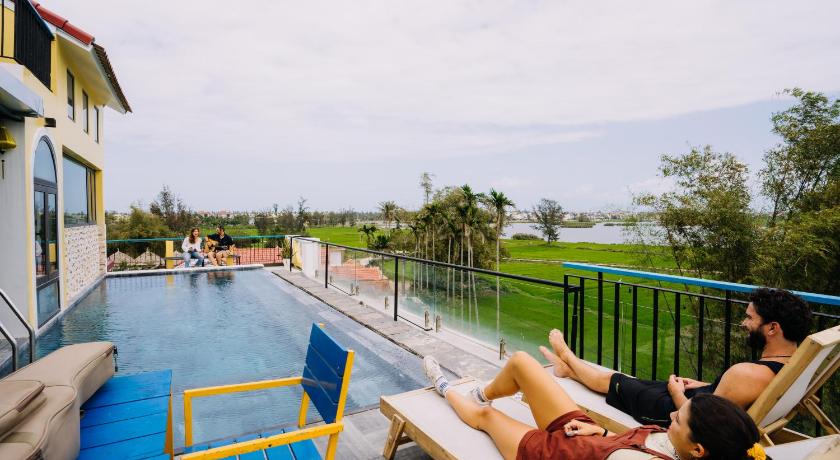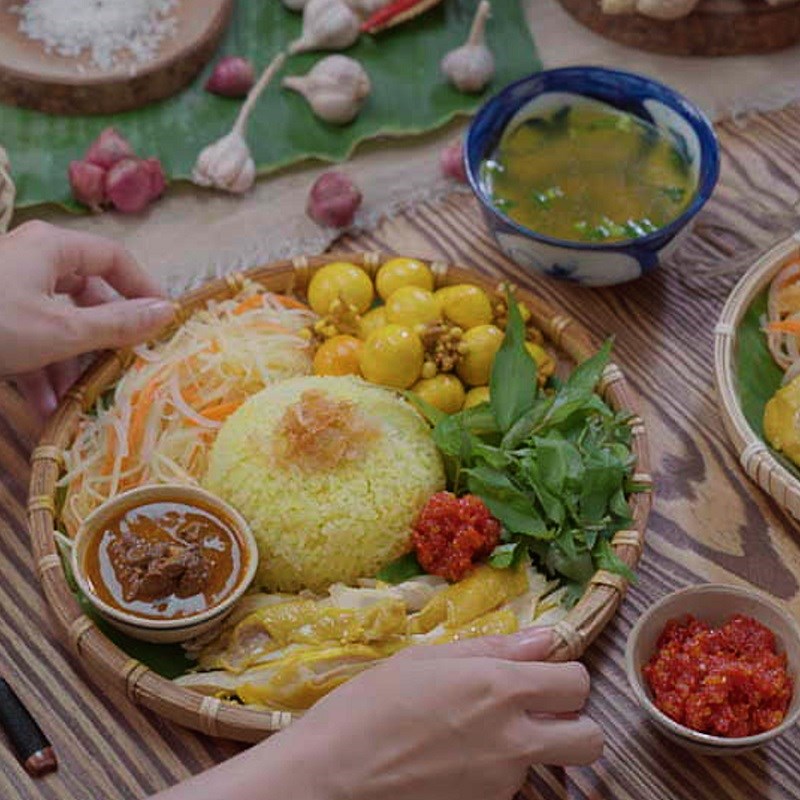Hoi An Thien Thanh Hotel
Về Thiên Thanh hotel:
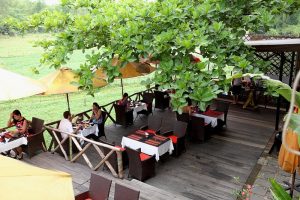
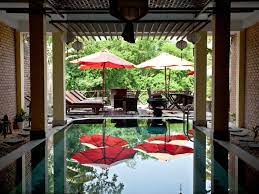
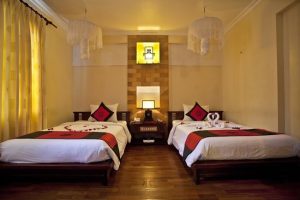
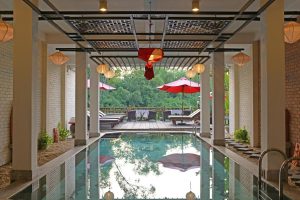
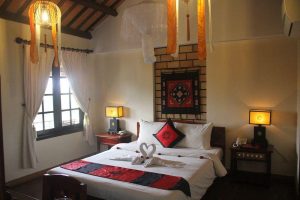
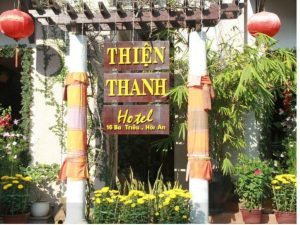
Hoi An Thien Thanh Hotel
Lưu trú tại Khách sạn Thiên Thanh Boutique, du khách sẽ đảm bảo sẽ có một giấc ngủ ngon trong những căn phòng sang trọng và tiện nghi của mình. Từ ban công phía sau, bạn có thể ngắm nhìn những người nông dân đang cấy lúa trên cánh đồng và những chú bò thong thả gặm cỏ vào sáng sớm. Từ ban công phía trước, bạn có thể quan sát các tiệm cao lầu Hội An và các dân làng mang rau và các hàng hóa khác đến chợ.
Với lối kiến trúc độc đáo được trang trí bằng đồ gốm và dệt may địa phương của Việt Nam, Khách sạn Thiên Thanh Boutique là nơi lưu trú lý tưởng khi bạn khám phá Di sản văn hóa phong phú của Hội An.
Giống như các khách sạn Đà Nẵng khác , Thien Thanh Boutique Hotel là ngôi nhà thứ hai của bạn khi ở Hội An.
Bài viết mới nhất
TOP các địa điểm xem pháo hoa Đà Nẵng (DIFF 2023) CỰC ĐỈNH – Cổng thông tin du lịch thành phố Đà Nẵng
Nếu bạn và gia đình đang phân vân không biết địa điểm xem pháo hoa…
Công viên ấn tượng Hội An – Review chi tiết về địa điểm này
Công viên ấn tượng Hội An là một phần không thể thiếu khi nhắc đến…
Thuê xe máy Hội An – Những điều mà bạn cần biết
Du lịch Hội An mà bạn muốn thuê xe máy Hội An thì đừng bỏ…
Quán chay Hội An – Top các quán món chay nổi tiếng ở phố cổ
Đến Hội An và muốn tìm kiếm các quán chay thì đừng quá lo lắng….
Top các villa Hội An giá rẻ chất lượng chỉ từ 350K/ đêm
Bạn có biết Villa là gì không ? Villa là một loại ngôi nhà riêng…
Quán cơm gà Hội An ngon, giá rẻ không phải ai cũng biết
Bên cạnh những món ăn đặc sản Hội An mà bạn không thể bỏ qua…

